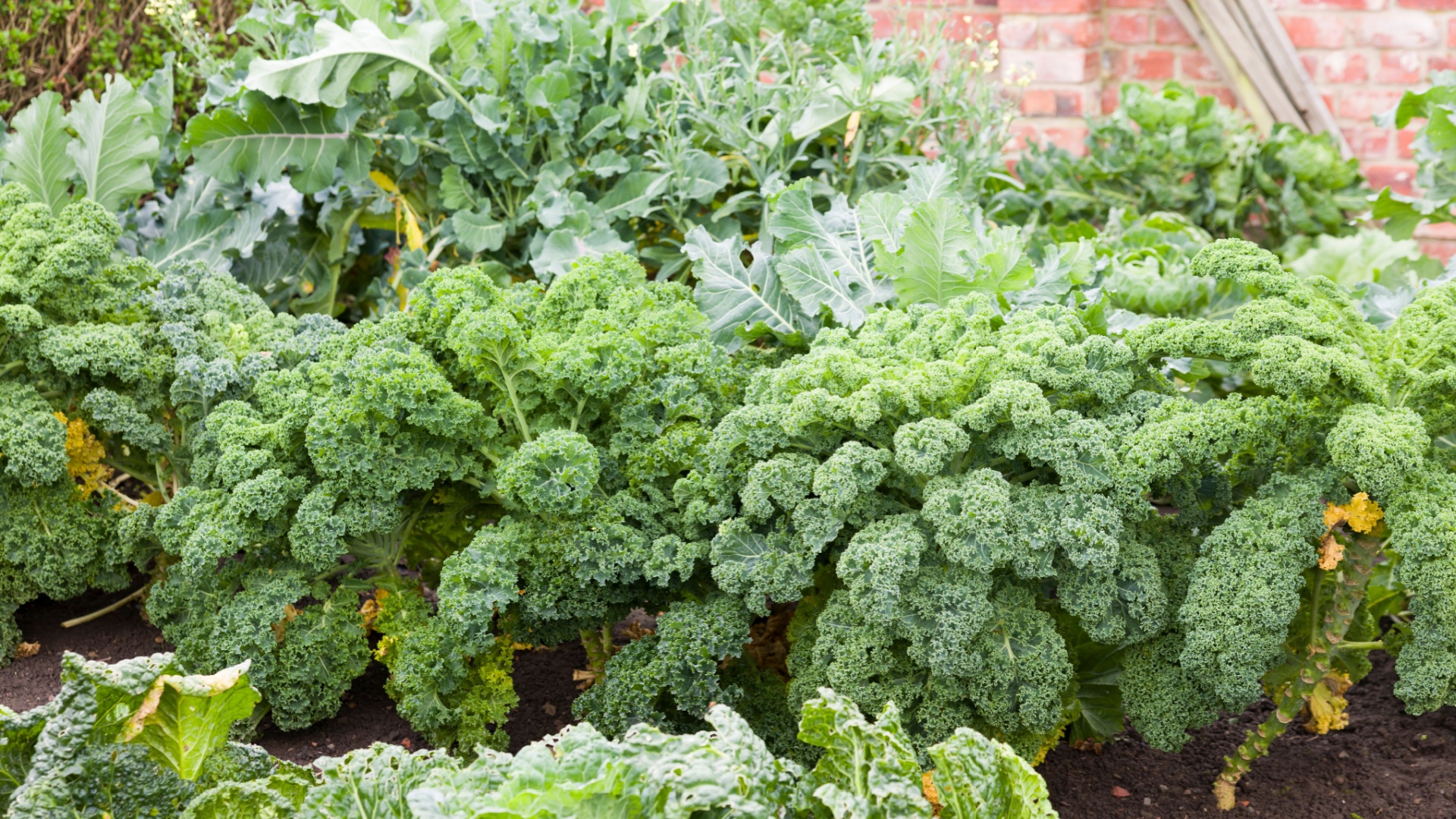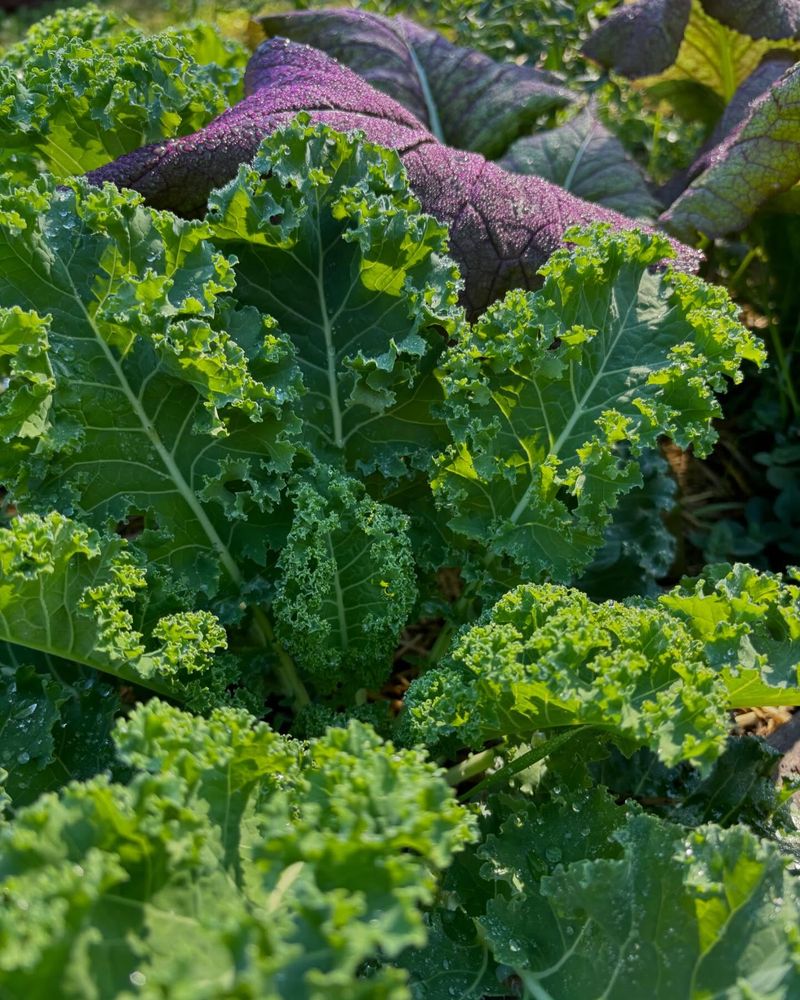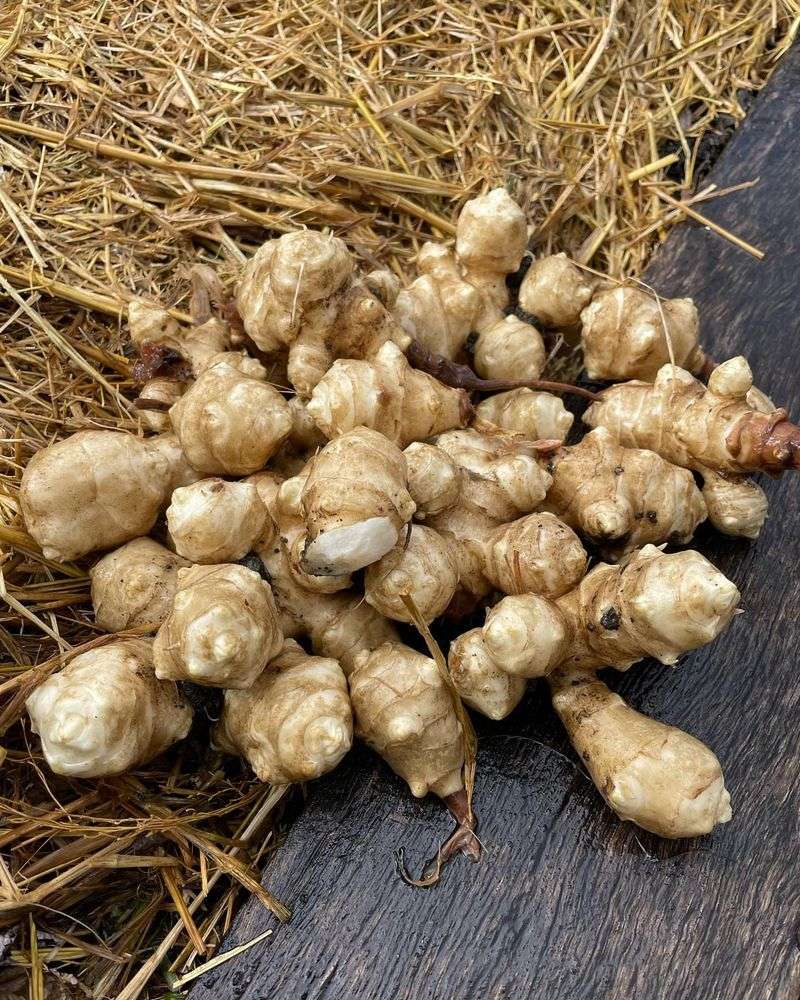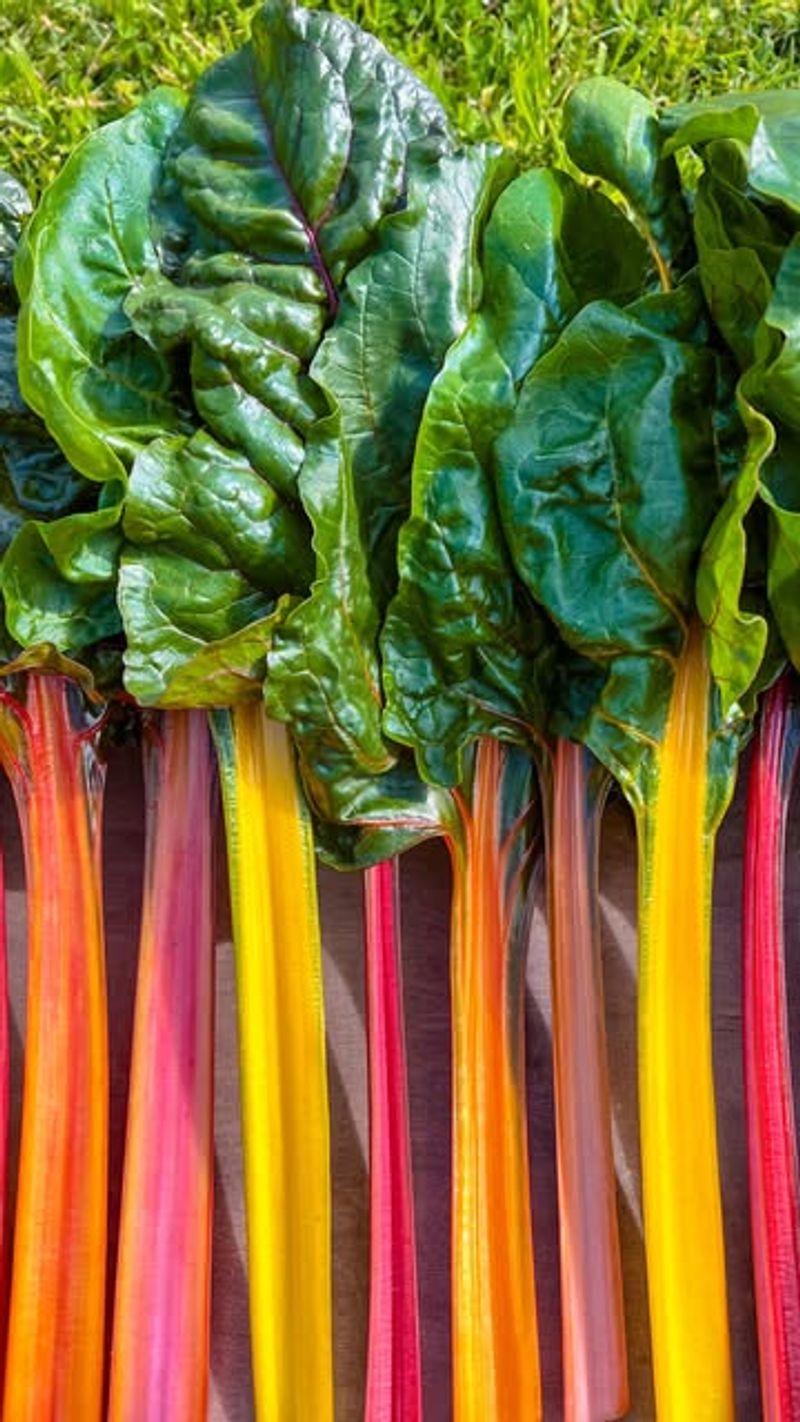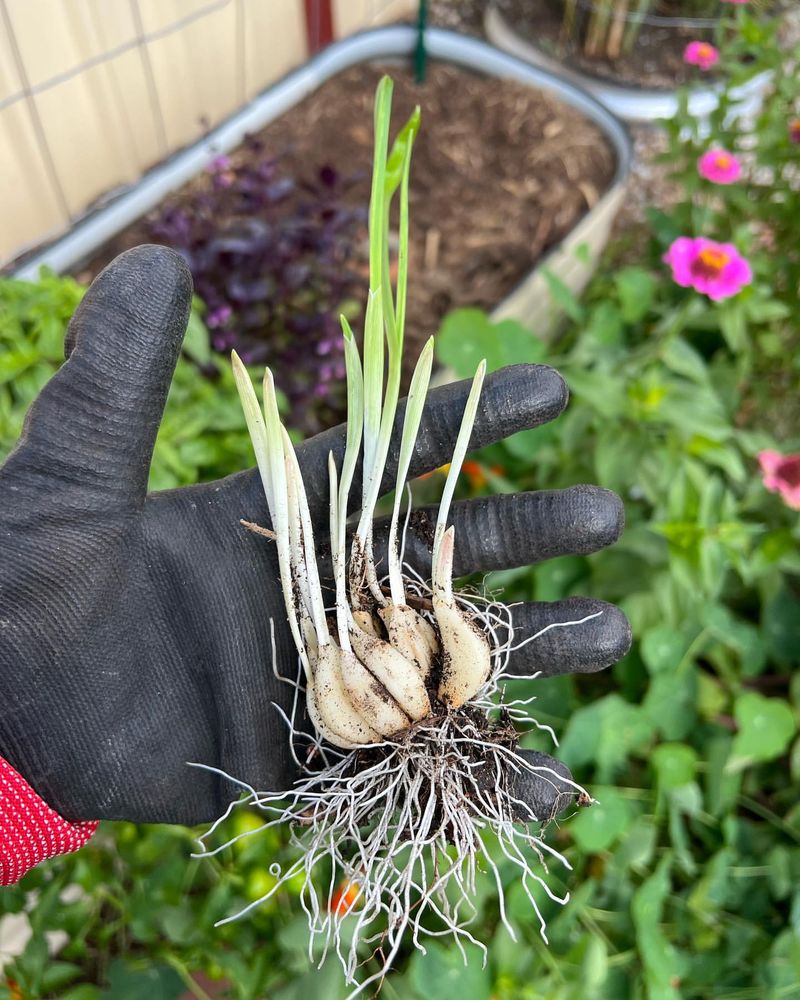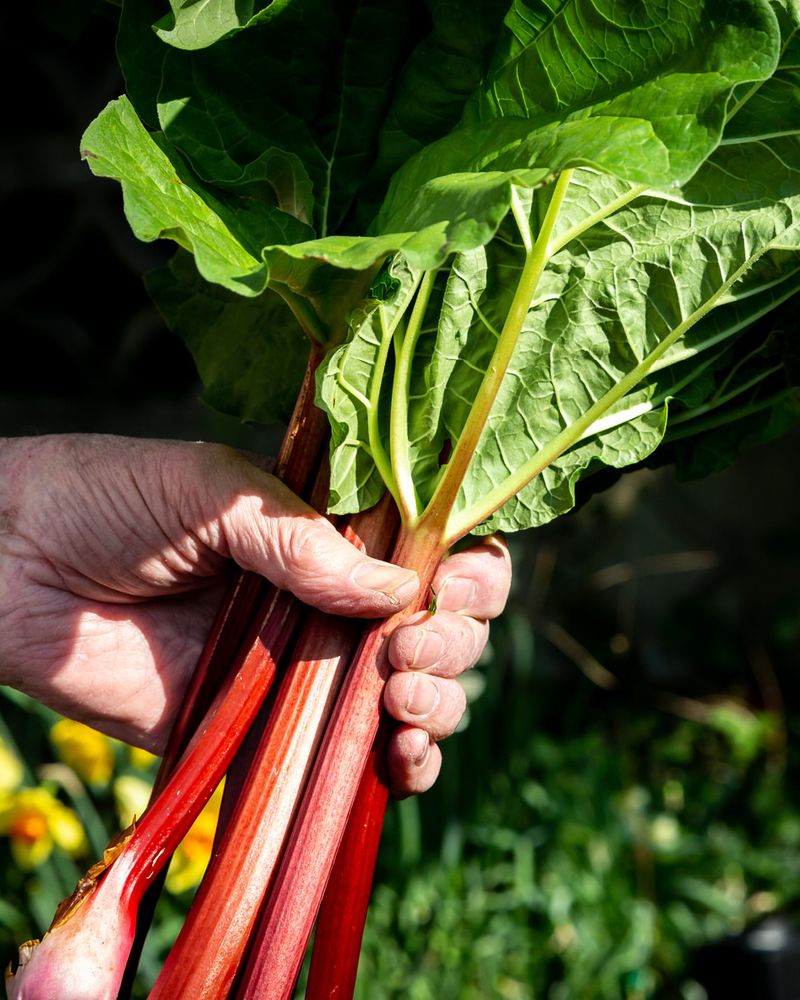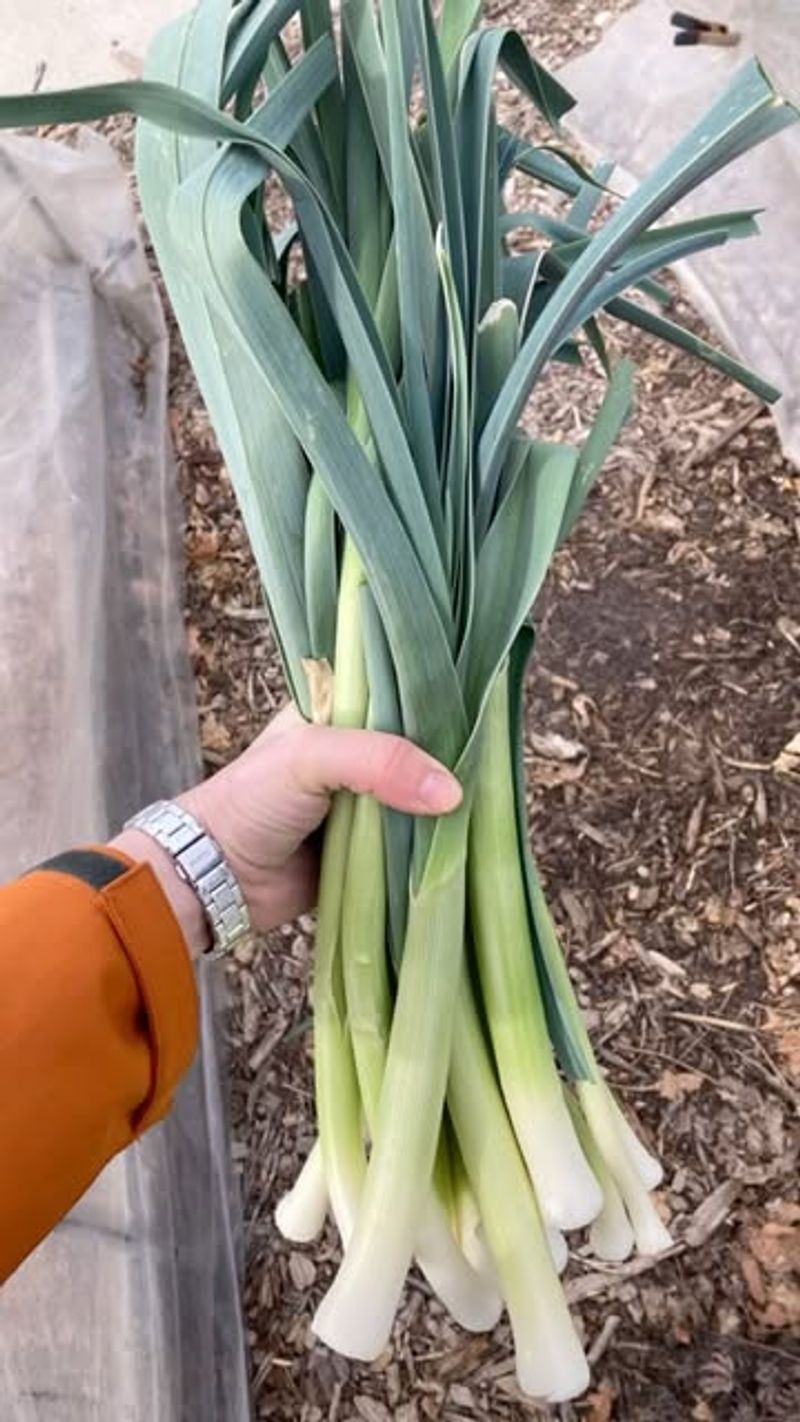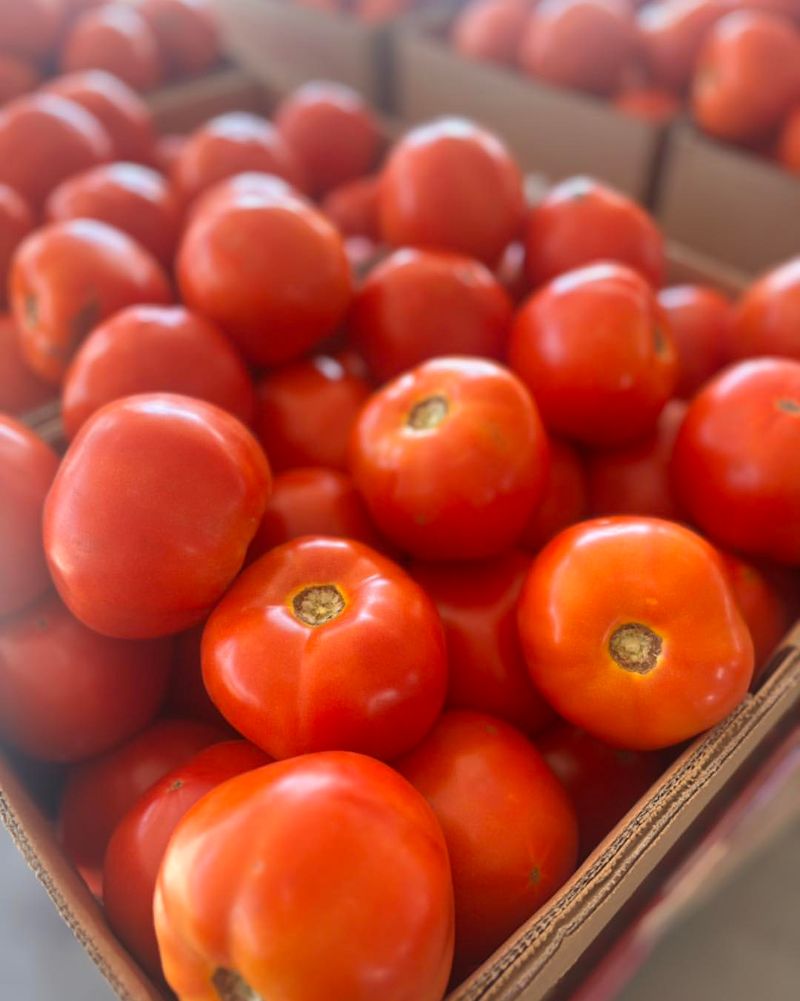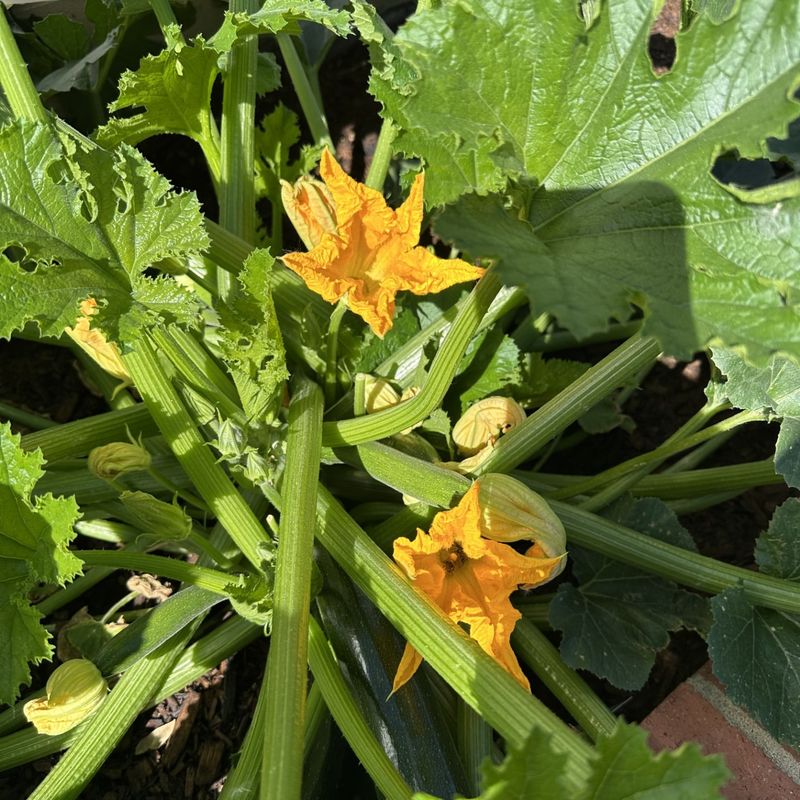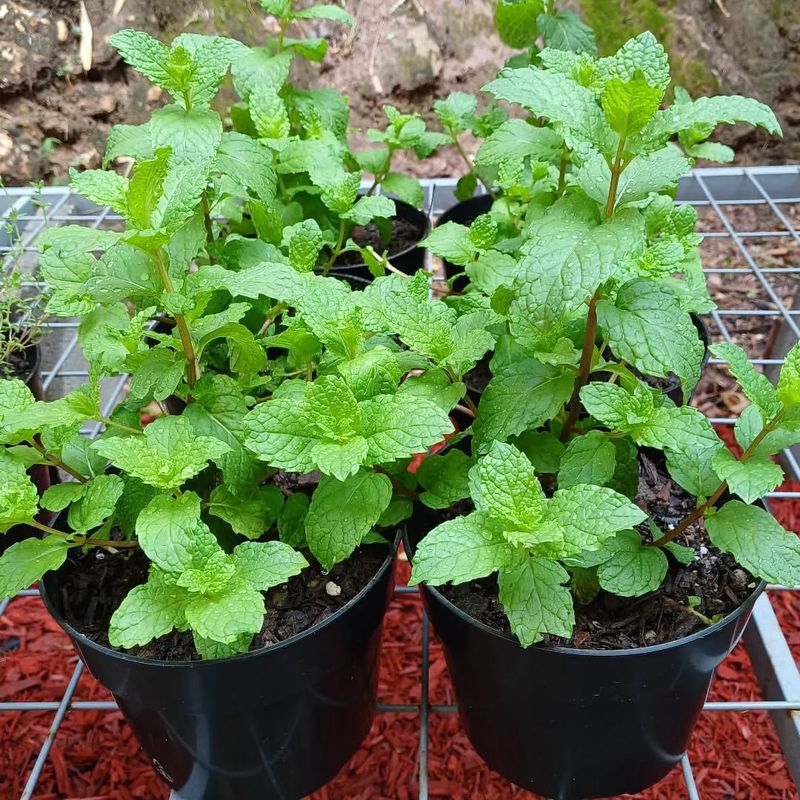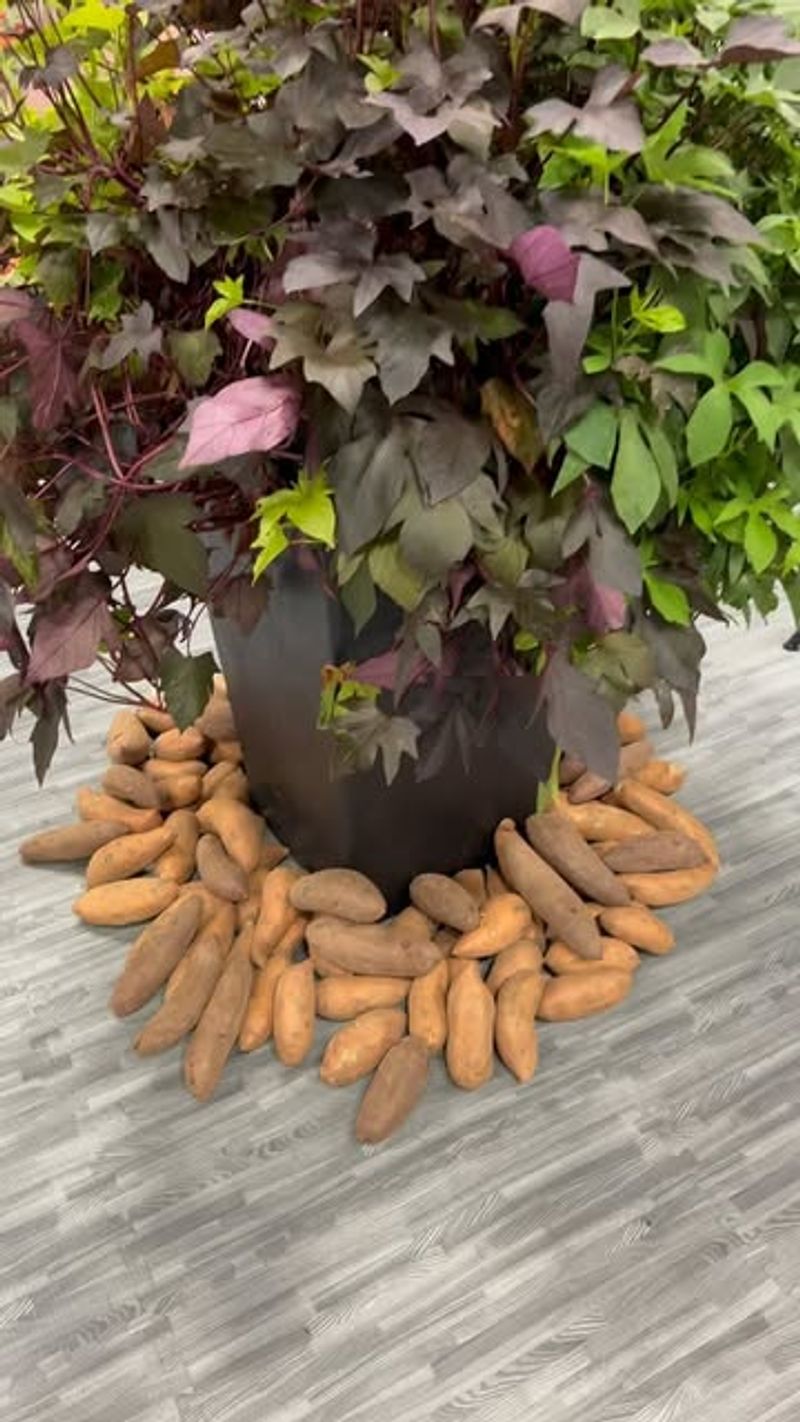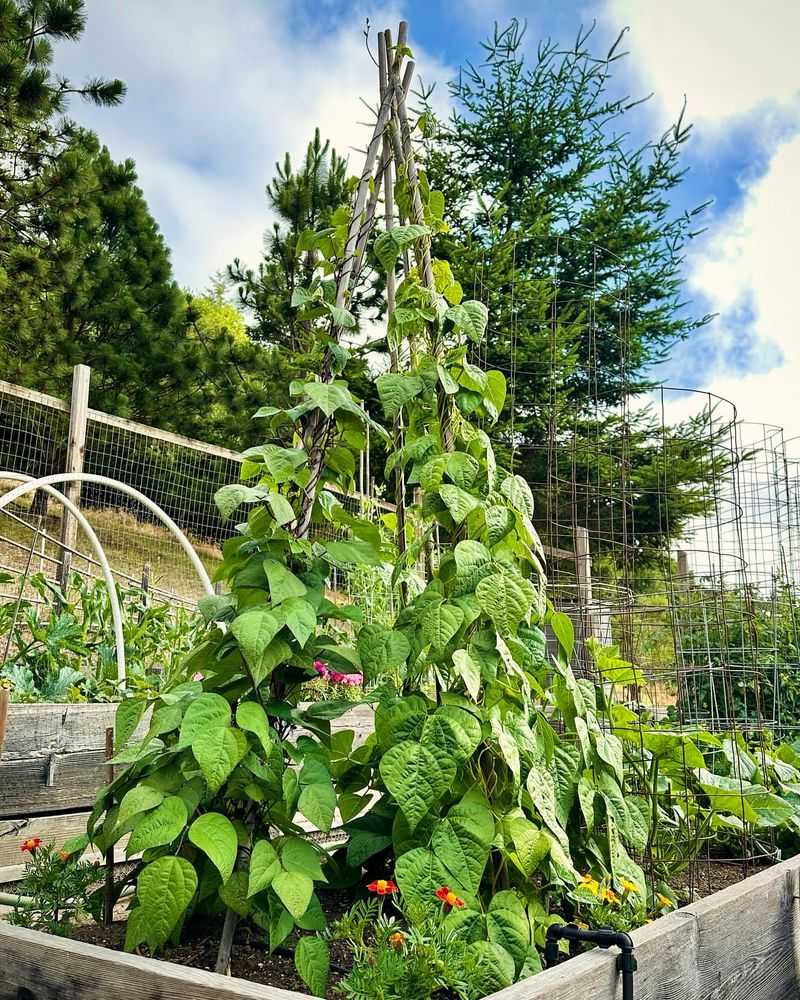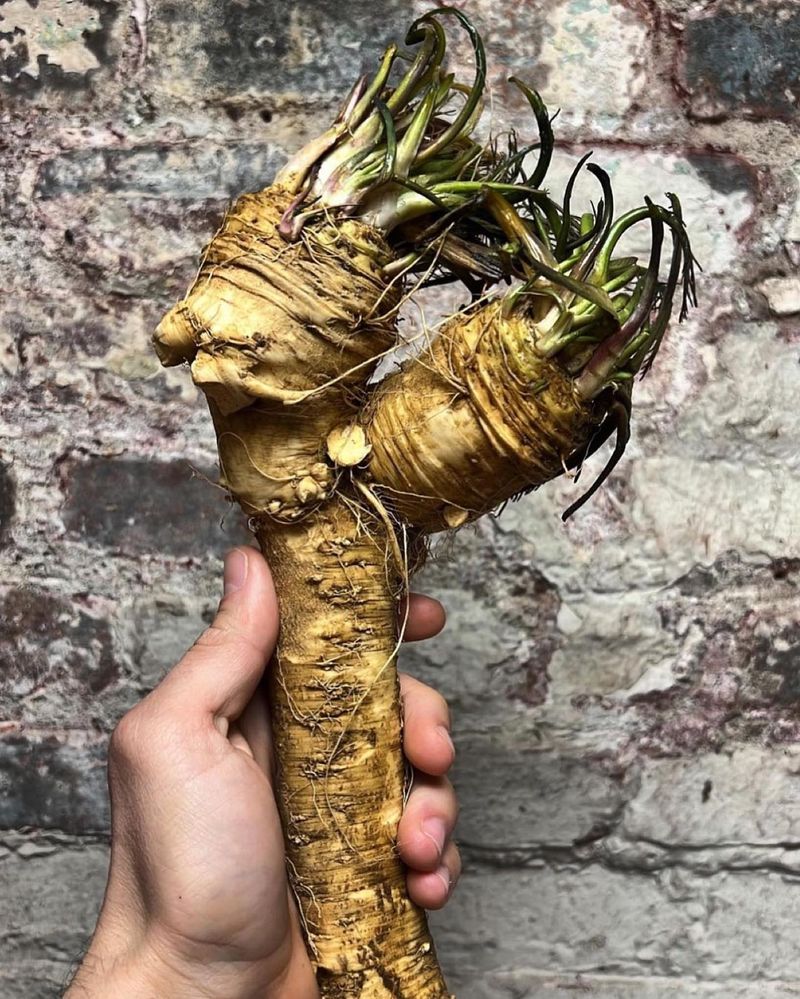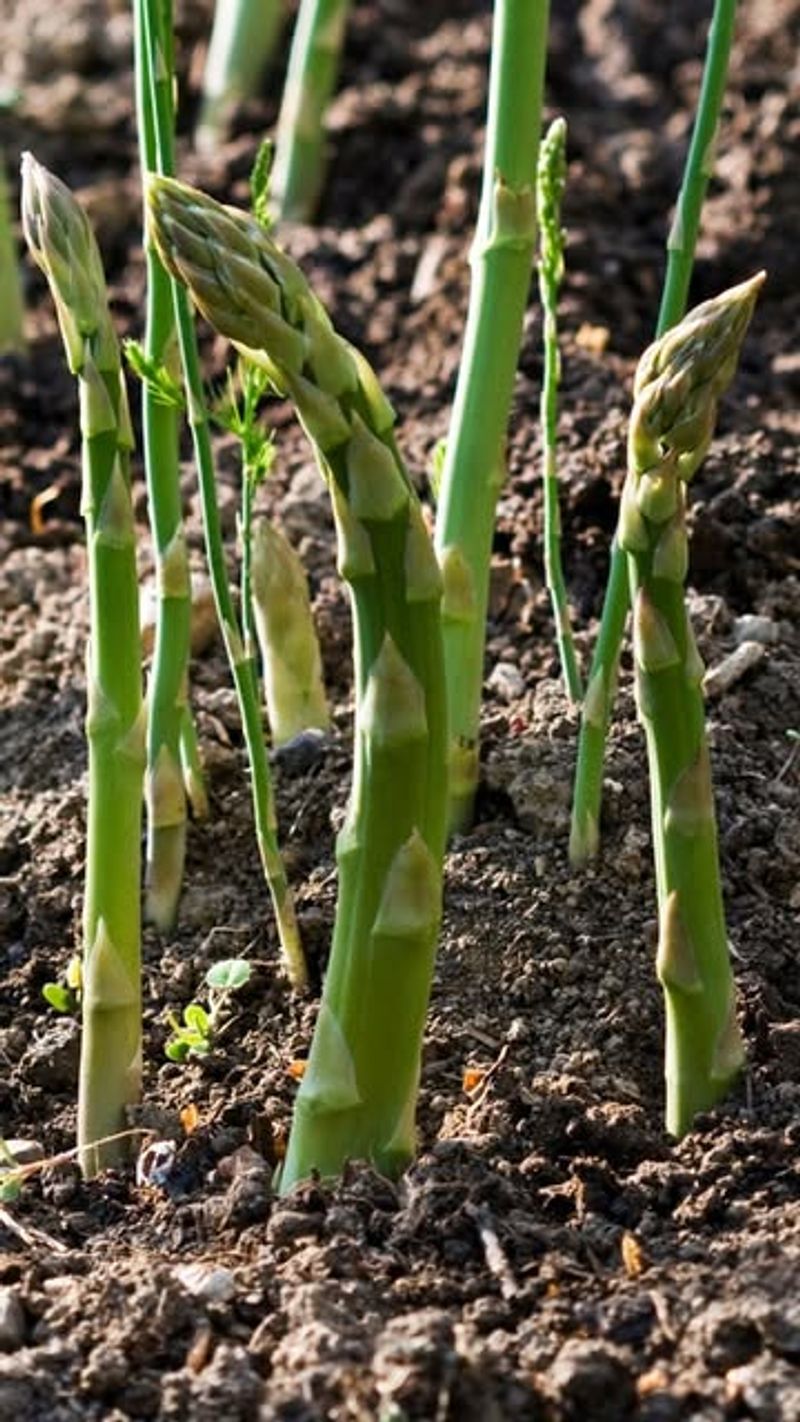Not every garden requires constant care. These 16 plant-and-forget vegetables are the ultimate low-maintenance growers—just sow the seeds, water once in a while, and let nature do the rest.
They thrive in tough conditions, bounce back from neglect, and reward you with harvests that feel almost too easy. It’s effortless gardening at its finest.
1. Kale: The Frost-Loving Superfood
Cold weather makes kale sweeter and more delicious! This leafy powerhouse actually becomes tastier after a light frost, making it perfect for gardeners who forget to harvest on time.
Simply plant it once and watch it produce for months. Kale’s deep roots help it find water even when you forget to provide it, and its sturdy leaves resist many common pests without spraying.
2. Jerusalem Artichokes: The Underground Survivor
Once planted, you’ll never need to replant these hardy tubers again! Jerusalem artichokes (also called sunchokes) spread eagerly underground, returning year after year with zero effort.
Many gardeners actually struggle to get rid of them once established. The nutty, potato-like vegetables develop below attractive yellow sunflower-like blooms, creating a two-for-one plant that provides both beauty and food without any fussing.
3. Swiss Chard: The Colorful Cut-and-Come-Again
Rainbow-stemmed Swiss chard bounces back from neglect with impressive resilience. Unlike fussier greens, chard tolerates both hot and cold weather, continuing to produce through conditions that would kill lettuce.
Harvest the outer leaves whenever you remember, and new ones keep growing from the center. The colorful stems add beauty to garden beds while providing a nutritional boost similar to spinach but with much less maintenance.
4. Garlic: Plant in Fall, Forget Until Summer
Garlic practically grows itself! Plant the cloves in fall, and they establish roots before winter dormancy. Come spring, green shoots emerge without any help from you.
By early summer, the bulbs form underground while you’re busy with other things. When the tops begin to yellow and fall over, it’s harvest time. Minimal watering, no fertilizing, and almost zero pest problems make garlic the ultimate set-it-and-forget-it crop.
5. Rhubarb: The Perennial Producer
Grandparents knew the secret of rhubarb – plant it once, harvest for decades! This old-fashioned perennial vegetable returns reliably each spring without any special care.
The tart stalks make delicious pies and sauces while requiring virtually no maintenance. Rhubarb’s deep roots seek out water far below the surface, making it drought-resistant. Just remember not to eat the leaves, which contain oxalic acid and are toxic.
6. Leeks: The Slow-Growing Standby
Patient leeks take their sweet time growing, which actually works in favor of forgetful gardeners! These relatives of onions develop slowly over many months, standing tall in the garden through multiple seasons.
Frost actually improves their flavor, making them sweeter. Leeks rarely suffer from pests or diseases and can be harvested whenever you remember they’re there. Their upright growth habit means they take up minimal space while providing elegant, mild onion flavor.
7. Radishes: Ready Before You Remember Planting Them
Speedy radishes mature so quickly you might forget you planted them! These peppery root vegetables go from seed to harvest in just 3-4 weeks, perfect for gardeners who lose interest quickly.
Scatter seeds directly in the garden and thin them only if you remember. Radishes need minimal water to develop their crisp roots, and many varieties resist bolting even when conditions aren’t ideal. For extra value, the young green tops are also edible in salads.
8. Potatoes: Buried Treasure That Multiplies
Potatoes perform magic underground while you’re not watching! Simply bury seed potatoes in spring, and they transform into many more by summer’s end. The growing process requires almost no intervention.
Forgotten potatoes often volunteer in gardens year after year. While traditional advice suggests hilling up soil around growing plants, many gardeners find that mulching heavily at planting time works just as well with zero additional effort. Harvest whenever you remember they’re there!
9. Cherry Tomatoes: The Self-Seeding Snack
Tiny tomatoes pack big flavor with minimal fuss! Unlike their larger cousins that need staking and pruning, cherry tomatoes happily sprawl across the garden, producing hundreds of sweet fruits even with neglect.
Many varieties readily self-seed, returning year after year without replanting. Their smaller fruits develop quickly and split less often during irregular watering. A handful of cherry tomato plants will provide enough for salads all summer long, even if you forget they exist.
10. Zucchini: The Overachiever
Look away for a weekend and zucchini doubles in size! These summer squash grow so enthusiastically that neglect actually helps prevent the common problem of having too many.
A single plant produces pounds of glossy green squash with minimal water. The broad leaves shade out weeds naturally, reducing maintenance further. Even if you miss the tender baby stage, larger zucchini can be shredded for bread or hollowed out for stuffing.
11. Mint: The Unstoppable Herb
Mint’s aggressive growth habit makes it perfect for neglectful gardeners! This aromatic herb spreads vigorously through underground runners, surviving conditions that would kill fussier plants.
Regular harvesting isn’t necessary – mint continues expanding regardless. Its strong scent naturally repels many garden pests. Consider planting mint in containers to control its enthusiastic spread, or give it a dedicated corner where it can run wild for easy tea harvests.
12. Sweet Potatoes: Vines That Thrive on Neglect
Gorgeous trailing vines and nutritious tubers make sweet potatoes doubly rewarding! Once established, these tropical beauties actually prefer dry conditions, developing better flavor with less water.
The sprawling vines quickly cover ground, naturally suppressing weeds. Sweet potatoes continue growing until frost, so there’s no rush to harvest at a specific time. Their natural resistance to pests means no spraying or monitoring is required.
13. Pole Beans: The Vertical Volunteer
Climbing beans eagerly scale any available support with minimal encouragement! Once the vines find something to climb, they practically take care of themselves, producing hanging pods that are easy to spot at harvest time.
Many varieties continue producing for months if you pick regularly – but they’ll forgive you if you don’t. Pole beans often self-seed readily, with volunteers appearing year after year. Their nitrogen-fixing roots actually improve soil health while they grow.
14. Onions: The Set-It-and-Forget-It Bulbs
Starting with onion sets (small bulbs) rather than seeds creates instant gratification and minimal care! Simply push these pre-started bulbs into the soil and stand back.
Onions signal when they’re ready by flopping over at the neck. Their shallow roots mean they compete poorly with weeds, but a thick layer of mulch at planting time solves this problem with no further effort. Many varieties store for months after harvest, extending their low-maintenance appeal.
15. Horseradish: The Indestructible Root
Zombie-like persistence makes horseradish ideal for neglectful gardeners! This fiery root grows with such determination that most gardeners struggle to get rid of it once planted.
A small piece of root left behind regenerates into a full plant, ensuring continuous harvests with zero replanting. The large leaves shade out competing weeds naturally. Harvest whenever you remember by digging up some roots, leaving others to continue growing undisturbed.
16. Asparagus: The Long-Term Investment
Patience rewards asparagus growers with decades of spring harvests! This perennial vegetable takes a few years to establish but then produces for 15-20 years with almost no maintenance.
The ferny summer growth naturally suppresses weeds after spring harvests end. Deep roots seek out water far below the surface, making established asparagus remarkably drought-tolerant. A thick layer of compost every fall is the only care these long-lived plants request.

